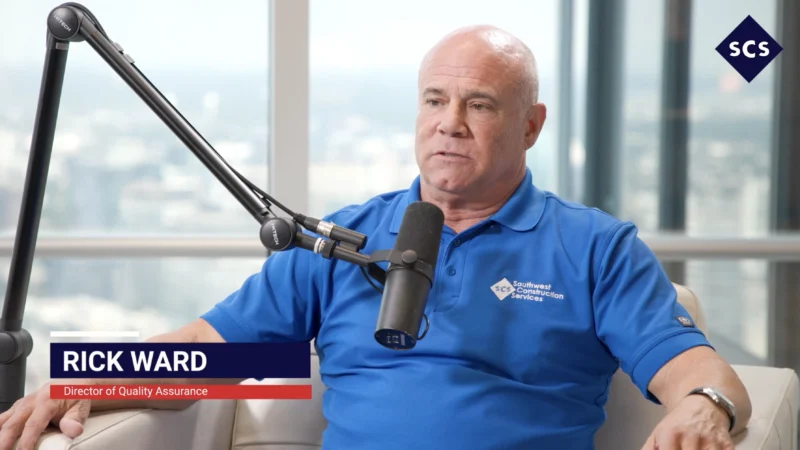Rare Mineral Mining Can Leverage AI and Robotics to Support “White-Collar” and “Blue-Collar” Workflows
Rare mineral mining is integral in so many areas of technology today, but can technology return the favor by assisting with the mining process?
Integrating artificial intelligence (AI) and robotics into the mining industry is revolutionizing the search for rare minerals. Bill Gates’s recent investment of US $20 million in GeologicAI, a startup developing AI-powered robots to analyze and interpret geological data, underscores the potential of AI in this sector. The technology modernizes the labor-intensive process of core logging and enhances accuracy in identifying mineralogy beneath the surface.
This advancement should lower costs and promote environmental sustainability, marking a significant shift in the industry. As various companies continue to explore and invest in lithium and other critical minerals, the role of AI becomes increasingly crucial, offering a more efficient and sustainable approach to mineral exploration. This development is a vital part of the broader conversation on the role of AI in mining for rare minerals and the enhanced capabilities AI and robotics bring to varied industries.
Maria Gini, Ph.D. and Professor at the Department of Computer Science & Engineering for The University of Minnesota provides further context into how AI could prove helpful in mining operations.
Maria’s Thoughts
“Mining, in particular mining for rare minerals, is becoming very important given the need for those minerals for all modern technologies. Robots have been used in mining for a long time, and clearly, they have a place to do in the mining area. You can think about robots as blue-collar workers that do the real job; they go out, go underground, dig materials out, and bring them up. Now what is different compared to some years ago is the role of AI. You can think of AI as a white-collar worker that helps the robots do the task better.
How can you do it better? One way is to think about using the knowledge that we have about geology to try to find and identify as much as possible potential areas where those minerals can be found. The other, which may not be as well-known, is to use AI as a super-smart researcher that tries to think about creative solutions. One of the issues is not only to find those rare minerals, but you also have to separate them because they’re always mixed with others, and to separate them, you have to come up with some process, you know, a chemical process or whatever type of process. And that, in general, takes people to figure out and try many, many different ideas.
Now what AI can do is much more systematic and aggressive in trying to explore many different solutions, try to simulate the outcomes of the solutions, and then try to record the solution that looks the most promising so they can be tested. And this role of AI is really supported in developing science is kind of very, very important. Maybe not as well-known as the role of AI in doing dialogues, but again, extremely important, and there are already very known results for AI discovering new compounds and other things. So again, the combination of AI and robotics, I think, will bring a lot of new and interesting development and applications that can help humanity. Thank you.”
Article by James Kent








